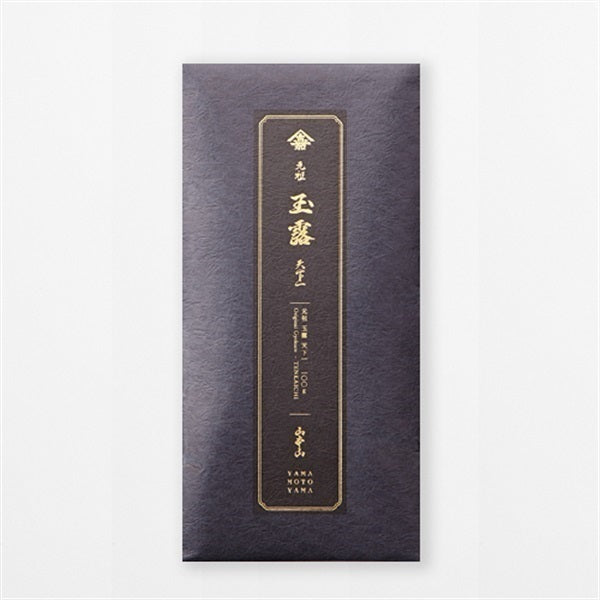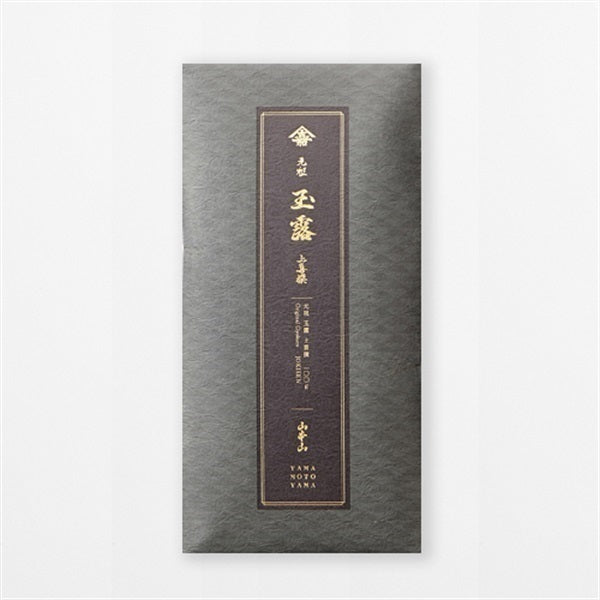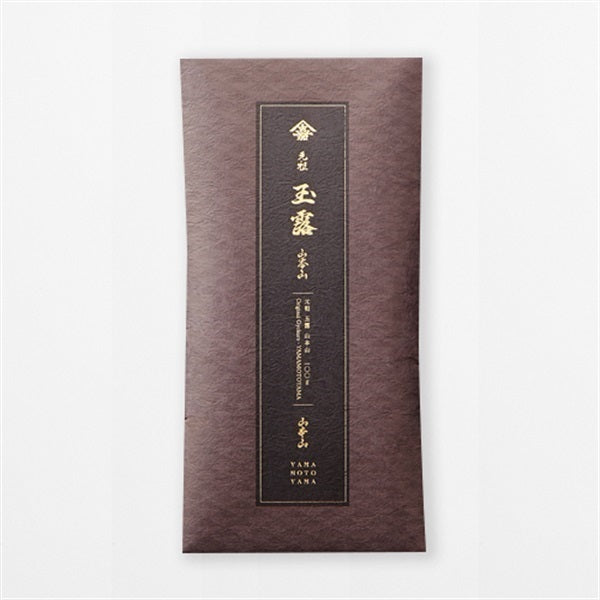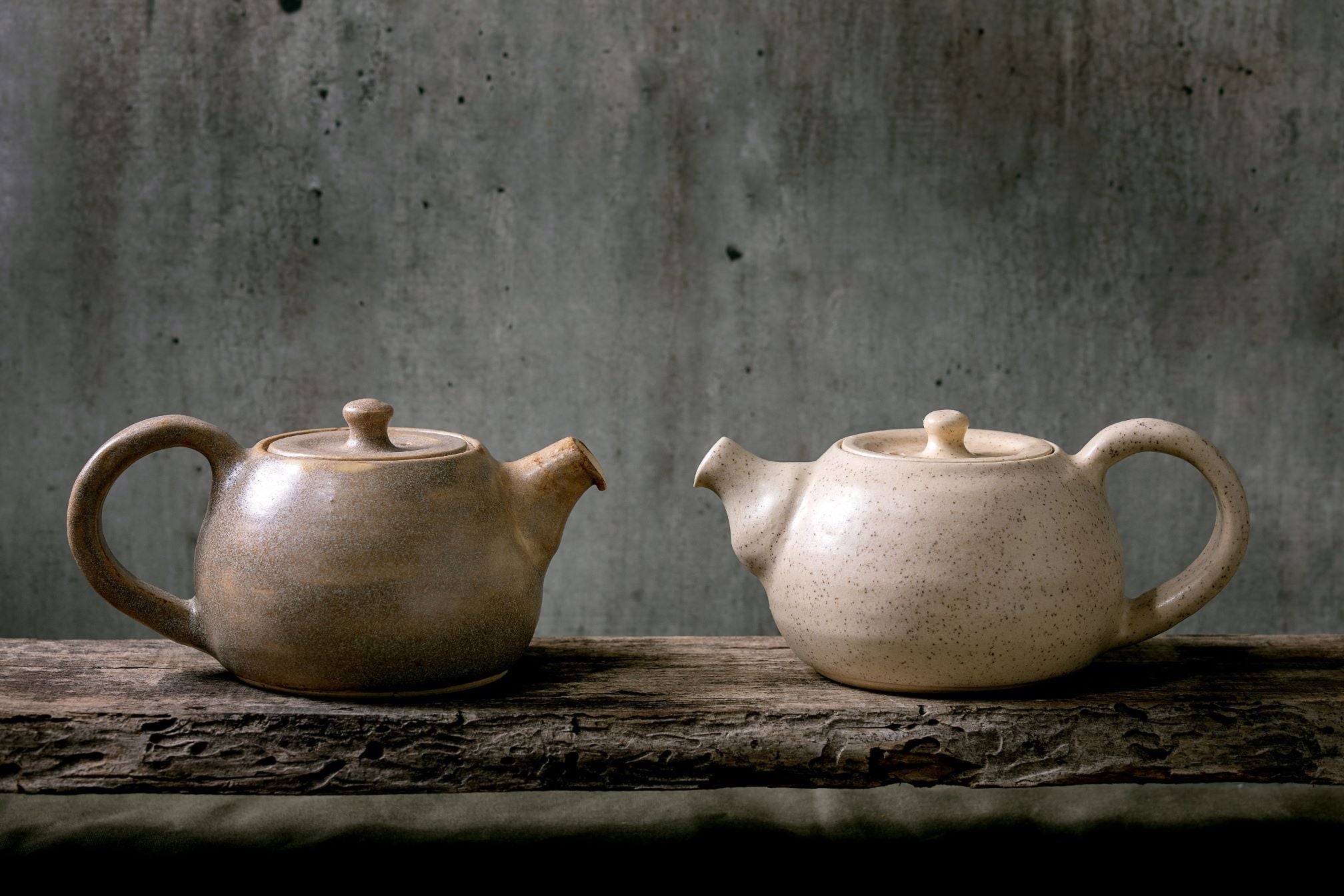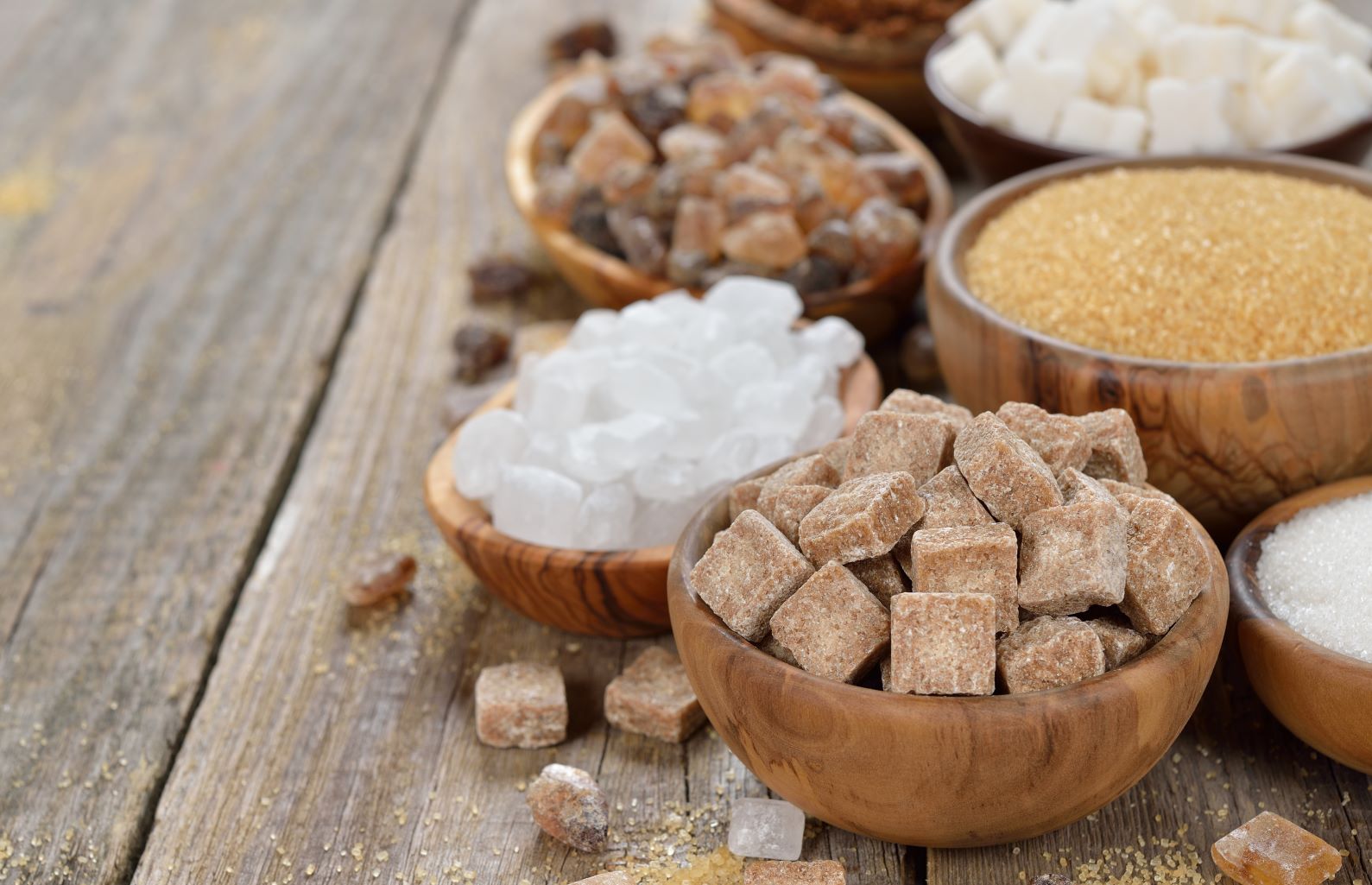
Does tea contain sugar? The surprising truth about tea that isn't sweet
Introduction
Generally, tea is known as a low-calorie, sugar-free drink.
However, strictly speaking, tea contains a variety of carbohydrates, including sucrose, fructose, glucose, and arabinosyl inositol.

What is the sugar content in tea?
The majority of sugars in tea are the monosaccharides glucose and fructose.
These are the most basic sugars produced by plants through photosynthesis and are present in tea leaves in very small amounts.
Others contain the disaccharide sucrose.
Sucrose is a combination of glucose and fructose, the same sugar we normally consume.
However, the amount of sucrose in tea is so small that it does not taste sweet. 
The older the tea leaves, the more sugar they contain.
There is a perception that new buds are softer and sweeter, but in fact the sugar content of the tea leaves increases as the buds grow.
The only thing that decreases is arabinosyl inositol, while sucrose, fructose, and glucose increase as the leaves grow.
High-quality teas such as gyokuro, which are made from new buds, tend to taste sweeter, but in reality, bancha, which is made from hardened leaves, contains more sugar than high-quality teas made from young tea buds.

The sugar in tea is not very sweet.
This is because the sugars in tea are low in content and have a weak flavor, so when we eat it, the impact is not great enough for us to recognize it as "sweetness."
The sweetness of Gyokuro and other high-quality teas is generally thought to come not so much from sugar, but from the amino acid theanine and pectin, which we will introduce below.

Pectin, an ingredient that enhances sweetness
On the other hand, there is a substance that does not have a specific taste in itself, but enhances the umami and sweetness of food. This substance is called "pectin."
Like other fruits and vegetables, tea contains pectin, a natural polysaccharide that holds plant cells together and is found in large amounts in citrus peels.
When dissolved in water it becomes jelly-like, so it is often used to give foods such as jams and jellies a sticky or firm texture.

In recent years, it has become clear that pectin enhances the flavor and sweetness of tea.
The reason why unripe, bitter fruits become increasingly sweet as they ripen is because the amount of pectin increases, suppressing the fruit's bitterness.
A similar phenomenon occurs in tea, where pectin suppresses the astringency of the tea leaves, making the umami and sweetness more pronounced.

Gyokuro is rich in sweet ingredients
Gyokuro in particular is rich in water-soluble pectin, and its rich flavor and sweetness are largely due to the effects of pectin.
Bancha also has the second highest water-soluble pectin content after gyokuro, and the pectin gives it a richer flavor.

